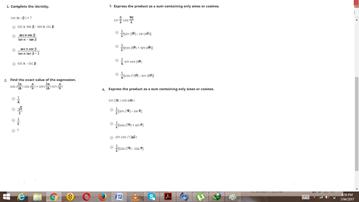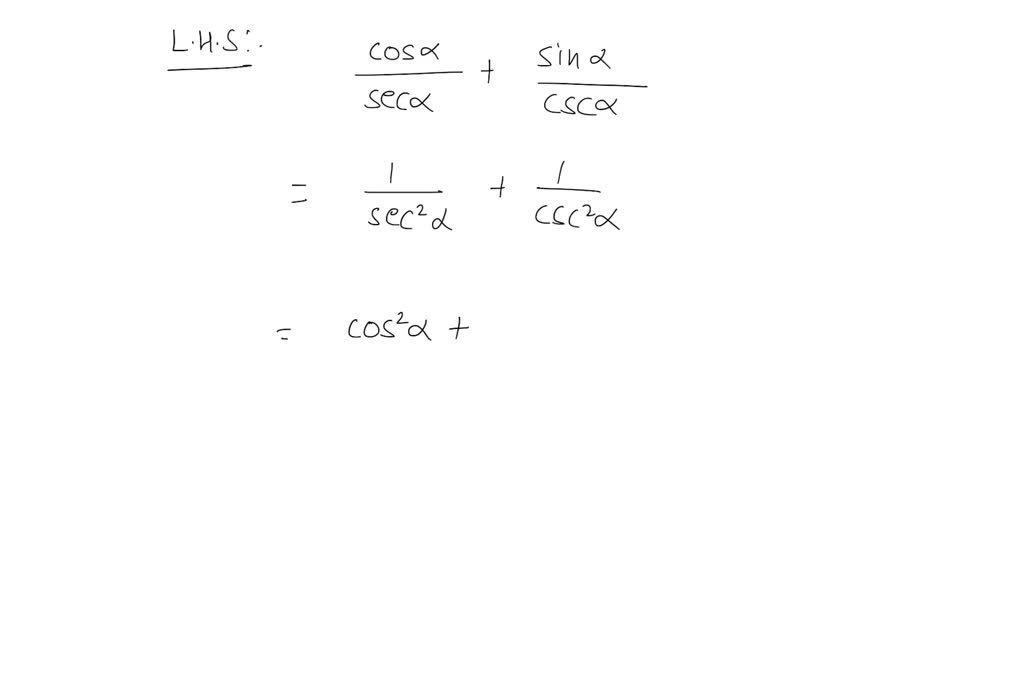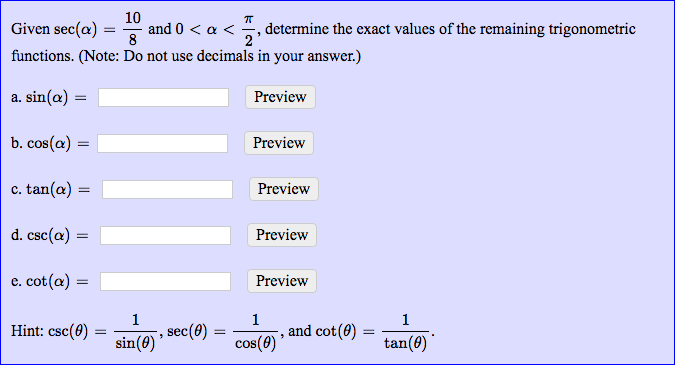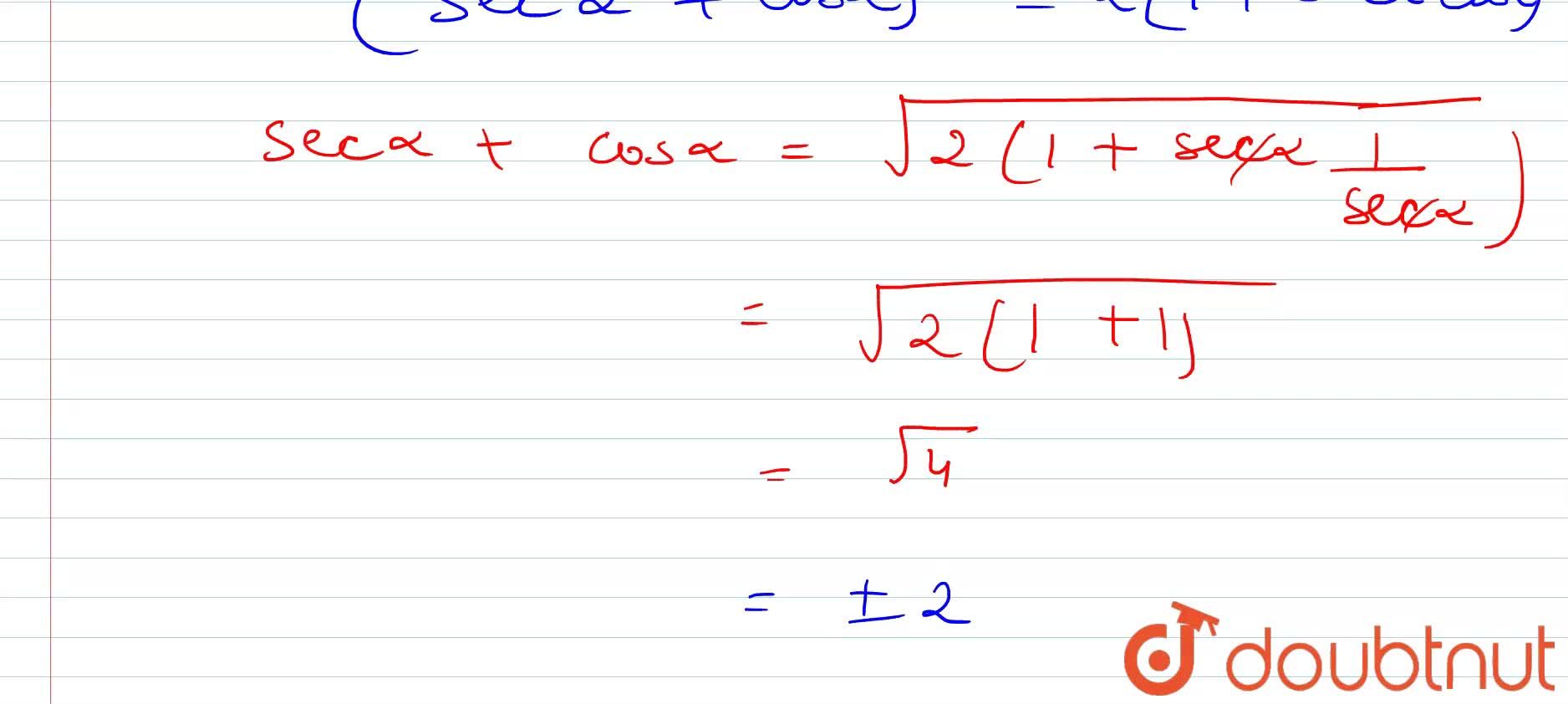
If sec alpha + tan Alpha equal to X prove that sin alpha equal to x square minus one upon X square + 1 - Brainly.in

यदि (sec alpha + tan alpha) (sec beta + tan beta) (sec gamma + tan gamma) = tan alpha tan beta t... - YouTube
![Prove that: [tan(alpha)+sec(alpha)-1]/[tan(alpha)-sec(alpha)+1] = [1+sin( alpha)]/cos(alpha) - S.E.E. Solution Prove that: [tan(alpha)+sec(alpha)-1]/[tan(alpha)-sec(alpha)+1] = [1+sin( alpha)]/cos(alpha) - S.E.E. Solution](https://2.bp.blogspot.com/-B956oIYiNZk/WnnreCHQkKI/AAAAAAAACA0/zVUb4ErYTPg4zHHRrzKpHZkHw6_bMa9BACLcBGAs/s1600/27459764_557853174595213_1636773863943330342_n.jpg)
Prove that: [tan(alpha)+sec(alpha)-1]/[tan(alpha)-sec(alpha)+1] = [1+sin( alpha)]/cos(alpha) - S.E.E. Solution

1/sec^4 alpha + 1/(cosec)^4 alpha +2/(sec^2alpha + cosec^2 alpha)=?` and `cosA/(1+sinA) + (1+... - YouTube

If `s e c(x+alpha)+s e c(x-alpha)=2 s e c x ,` prove that `cos x = +- sqrt2 cos (alpha/2)` - YouTube

Solved) - Complete the identify. csc (alpha - beta) = ? csc alpha, sec beta... (1 Answer) | Transtutors

Sec alpha+tan alpha/ cos alpha-tan alpha-sec alpha= ? tolong bgt ya plzz dri kemaren gaada yg jawab - Brainly.co.id

If sec (alpha - 2 beta), sec alpha , sec (alpha + 2 beta) are in arithmetical progressin then cos ^(2) alpha = lamda cos ^(2) beta (beta ne n pi, n in I), the value of lamda is:












